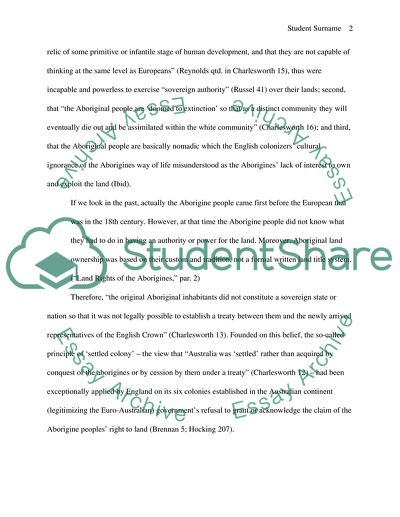Cite this document
(The Mabo and Wik Decisions: Importance to Australias Mineral Industry Research Paper, n.d.)
The Mabo and Wik Decisions: Importance to Australias Mineral Industry Research Paper. Retrieved from https://studentshare.org/law/1724041-assess-the-importance-of-the-mabo-and-wik-decisions-in-relation-to-mining
The Mabo and Wik Decisions: Importance to Australias Mineral Industry Research Paper. Retrieved from https://studentshare.org/law/1724041-assess-the-importance-of-the-mabo-and-wik-decisions-in-relation-to-mining
(The Mabo and Wik Decisions: Importance to Australias Mineral Industry Research Paper)
The Mabo and Wik Decisions: Importance to Australias Mineral Industry Research Paper. https://studentshare.org/law/1724041-assess-the-importance-of-the-mabo-and-wik-decisions-in-relation-to-mining.
The Mabo and Wik Decisions: Importance to Australias Mineral Industry Research Paper. https://studentshare.org/law/1724041-assess-the-importance-of-the-mabo-and-wik-decisions-in-relation-to-mining.
“The Mabo and Wik Decisions: Importance to Australias Mineral Industry Research Paper”, n.d. https://studentshare.org/law/1724041-assess-the-importance-of-the-mabo-and-wik-decisions-in-relation-to-mining.


